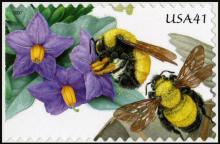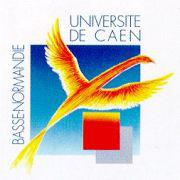GLOBAL 2000-Test: 60 Pestizide in Österreichs Fließgewässern - Neonicotinoide und Glyphosat besonders auffällig
Im Rahmen des ORF-Schwerpunkts "Mutter Erde braucht dich" ließ die österreichische Umweltschutzorganisation GLOBAL 2000 insgesamt 75 Wasserproben aus 42 Fließgewässern, neun Hausbrunnen und drei öffentlichen Leitungsnetzen an der Lebensmittelversuchsanstalt (LVA) Klosterneuburg auf Pestizide untersuchen. Die jeweils größten Flüsse der Bundesländer, sieben Messpunkte vom Wulka-Ursprung bis zur Mündung in den Neusiedlersee sowie drei Trinkwasserproben wurden zusätzlich am Umweltbundesamt Wien, dem wissenschaftlichen Partner von "Mutter Erde braucht dich", mithilfe des dort entwickelten "Indikatorentests" auf Abwassereinträge aus dem Haushalt sowie auf Weichmacher (sog. Phthalate) untersucht. Regional unterschiedliche, teilweise sehr hohe Pestizidbelastungen In 22 der 42 stichprobenartig untersuchten österreichischen Flüsse wurden insgesamt 60 verschiedene Pestizide nachgewiesen. 15 davon gelten als hormonell wirksame Chemikalien, die u.a. mit Missbildungen bei Fischen und Amphibien in Zusammenhang gebracht werden.










